The function of R2 is to regulate the led current, which is very important. However, with 3.8V over the led and min.0.7 V over Q1 only leaves 0.5 V over R2. Not enough to really regulate the led current. When the led heats up, the led voltage will get a little lower, the voltage over R2 the same amount higher and the current quite a lot higher. Thermal runaway.
You need more than 5 V, or a current source with better feedback.
A fet instead of a normal transistor will give you 0.5V more voltage over R2, e.g. double voltage, and might also be cheaper.
Why not first forget about the transister (bipolar or fet) and just try to hook up the led with a resistor to 5 VDC and see if you can get a stable current? It may turn out that you will need a higher supply voltage, e.g. 7 or 10 volt. Fortunately, you can get very cheap dc/dc converters for voltages like 5 to 10 V, for under or around 10 buck (EUR/$). With a higher voltage, you can work out more interesting schematics that actually regulate your current more easily.

